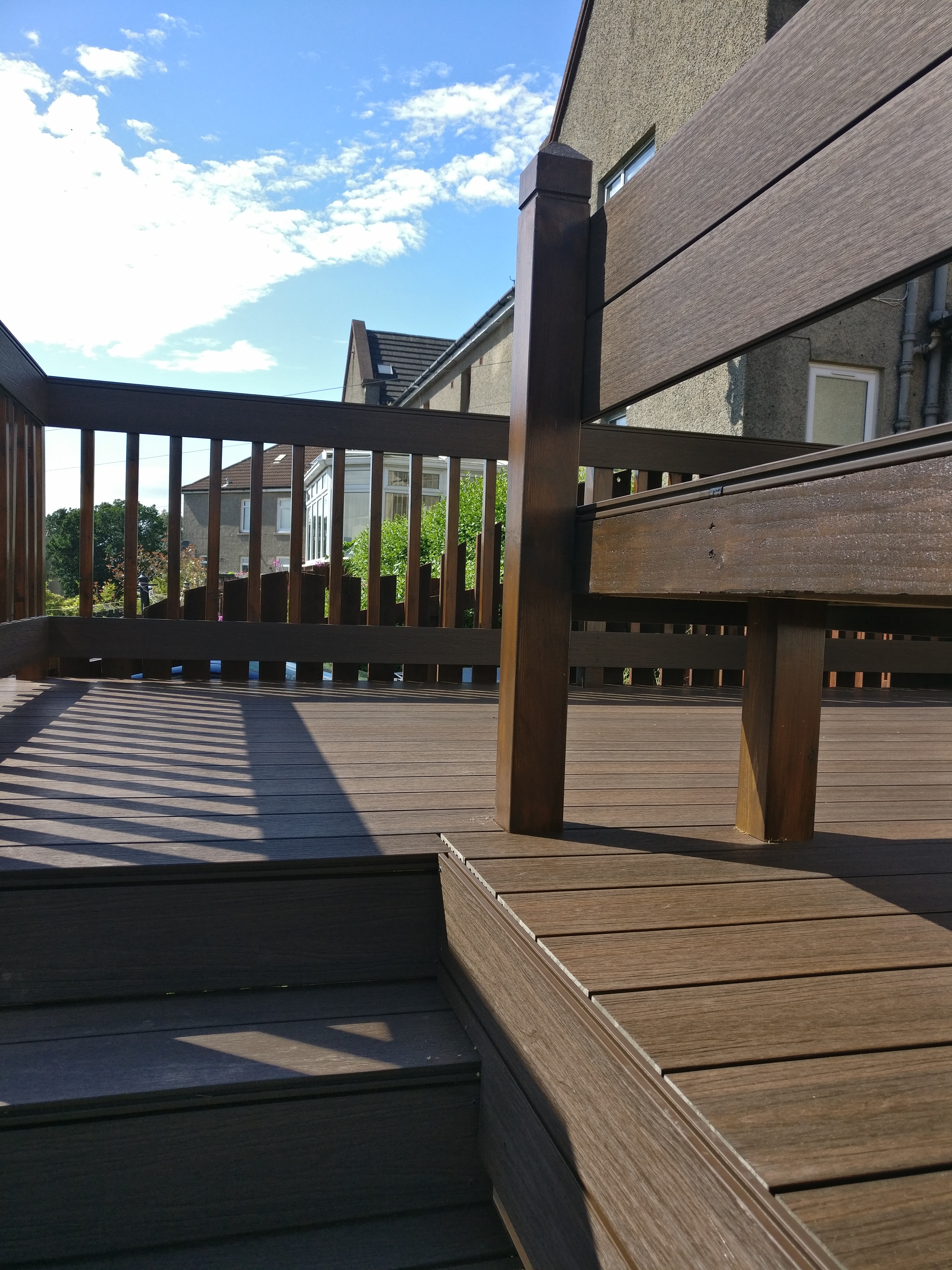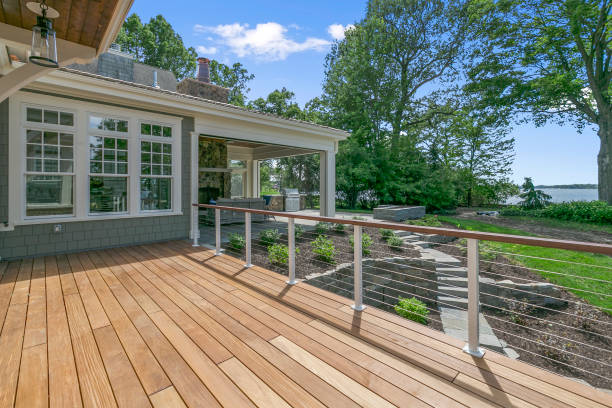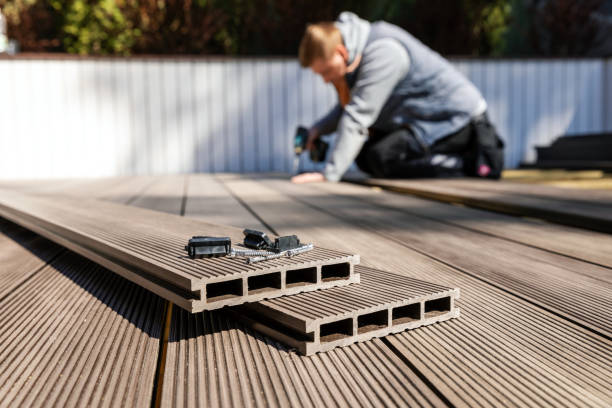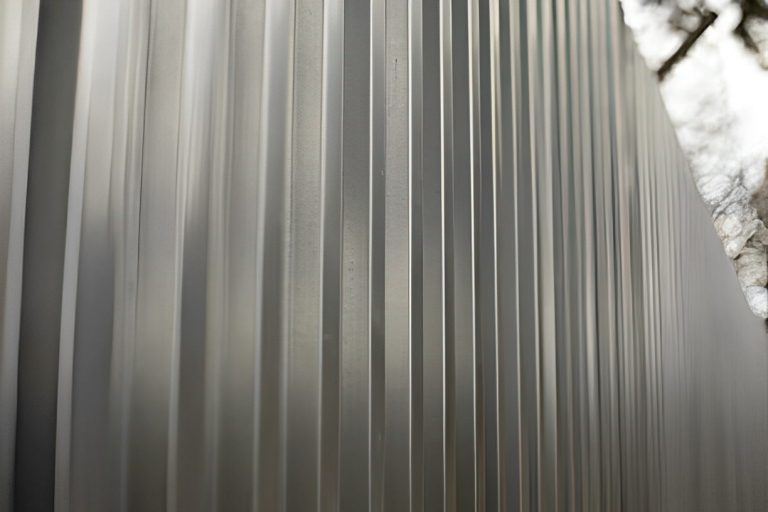Composite Decking vs Timber Decking
The most common decking materials in the United Kingdom are composite and wood, both of which have advantages and disadvantages. Your budget, how much time you have to maintain it, how long you want your deck to endure, and the overall appearance you’re going for all play a role in making the ideal decision for your garden and family.

Comparing Decking Costs
Timber decking boards are significantly less expensive than those made of hardwood or most composite materials since they are made of softwood. If you are on a budget, you can go for these softwood decking boards as they are more affordable compared to composite decking. The cost of hardwood is lower. With timber decking, you will need to purchase stains or oil to keep it looking its best for as long as possible.
Decking Life Spans and Maintenance
Timber decking can last a lifetime if it is properly cared for. If your deck is infested with fungal growth, it’s possible to cure just the affected region rather than having to replace the entire structure. However, if you want your decking to endure as long as the rest of your wood products, you’ll need to maintain it.
On the other side, composite decking is more durable and requires less upkeep than wood. No special treatment or staining is necessary for most composite decking; simply cleaning is sufficient to keep it looking new. Timber is the most time-consuming material over its lifetime because of the minimal maintenance requirements of composite decking. The plastic composition in composite decking makes it more susceptible to scratches, which are more difficult to repair than on timber because you can’t sand down a composite deck to fix minor flaws.
Environmental Impact
If you are looking for an environmentally friendly material, you can opt for timber. All of our timber products are produced from sustainable sources to reduce your environmental footprint further. In composite decking, plastic and wood fibres are mixed, and the wood fibres are often recycled. You may also obtain a composite decking board manufactured from recycled plastic if you shop about it. Due to their production procedures, by-products, and plastics primarily created from cellulose, natural gas, salt, and crude oil, plastics normally have a greater environmental impact.
Strength
Because composite decking is not a structural material, it requires more support than timber decking. This is one of the main drawbacks of composite decking. To minimize drooping or breakage of your deck, you can place the joists closer together, but this will add to the expense of your deck structure.
Appearance
Each decking material has its own advantages and disadvantages, depending on the person’s preferences. Compared to wood, composite decking is less slippery and comes in a wide variety of colours and finishes. Additionally, the finish of a composite deck is more consistent than that of a wood deck due to the lack of variety in colour and texture. Because composite decking requires no continuing upkeep, it is a superior option for those who prefer an easygoing deck. On the other hand, many of our customers prefer the warmth and natural beauty of a hardwood deck.
If not properly cared for, wood decking can splinter and become slick. You can also change your decking colour by staining or even painting it if necessary.
Material decisions are ultimately a matter of personal desire. Composite decking is the best option for a non-slip and very safe deck that requires an annual wash. Timber decking is the best option if you want a traditional appearance and natural feel that you won’t have to replace any time soon. A trusted artificial lawn installer will carry various decking materials, including hardwood, softwood, and composite. Both online and in-store options are available for purchasing decking goods.








